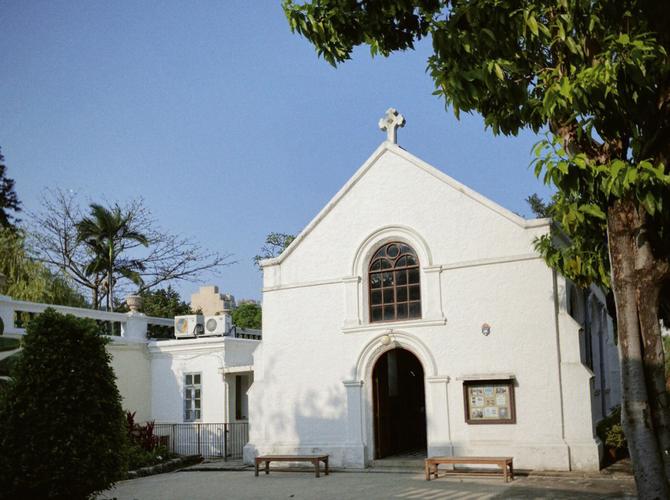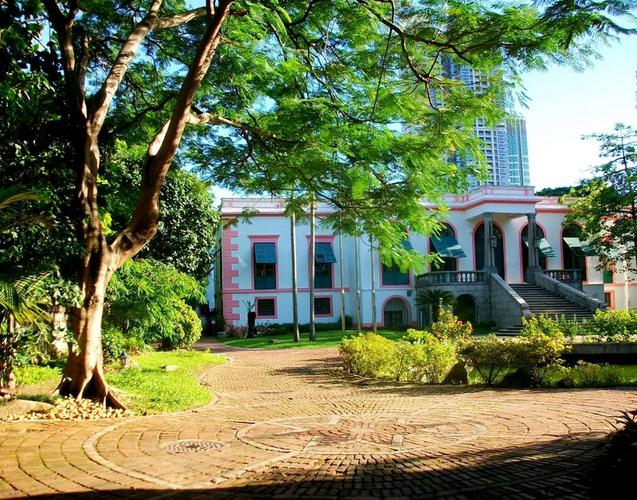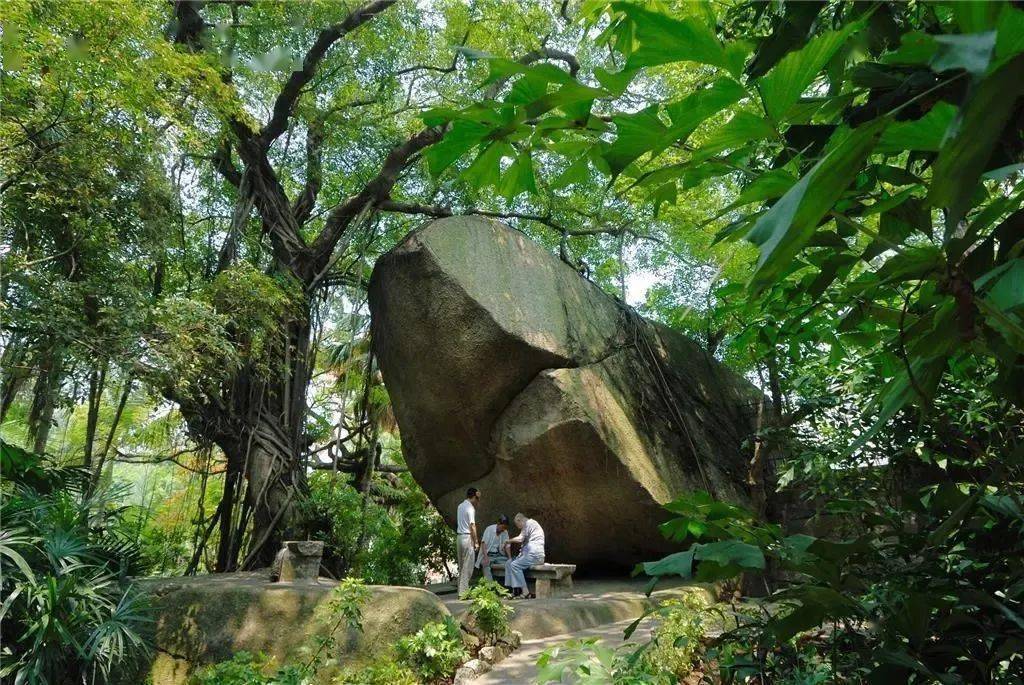Macau park guide: Pigeon Nest Park — A Serene Historic Oasis
Macau’s Pigeon Nest Park: A Serene Historic Oasis
Introduction:
Tucked between the busy streets of the Macau Peninsula lies a pocket of calm — Pigeon Nest Park (Bai Ge Chao Theme Park). Once a private garden left by a wealthy Portuguese merchant, it’s now a poetic corner where flocks of white pigeons trace the sky and a 16th-century grotto linked to the Portuguese poet Luís de Camões still whispers history. Stroll among European-style fountains and Chinese pavilions, hear children laugh and elders play chess — this small park is a living chronicle of Macau’s blended culture. For anyone wanting to escape casino clamor, this is authentic Macau life.
1. Soul of the Park: Where Nature, History and Culture Meet
Pigeon Nest Park condenses Macau’s “East-meets-West” spirit into 2.7 hectares. This free urban green space mixes colonial garden aesthetics with everyday local life, and even hides a literary footnote that influenced Portuguese letters. It’s a graceful synthesis of public leisure and cultural memory — a true Macau park experience.
2. An Immersive Experience: Layers of Time and Scenery
– Natural theater: Century-old banyan trees stretch a green canopy; when phoenix trees bloom, bright red blossoms fall like small flames. A fountain pool mirrors Portuguese blue-and-white tile, and descending flocks of pigeons are the park’s most lively adornment.
– Cultural code: Adjacent Camões Park contains the carved grotto (Grotto de Camões) with a bas-relief of the poet — legend says he composed epic lines here. The grotto’s crevices still echo Renaissance literary spirit.
– Design detail: Notice the undulating wave-pattern pebble paving — a rare example of Portuguese pavement in Macau, echoing the seaside promenade at Baloi Huan (Black Sand) area.

3. Activities Guide: From Family Fun to Cultural Walks
– Family time: The children’s area has rainbow slides and a sandpit; local families often spend relaxed weekend afternoons here.
– Poetic strolls: Walk the “Camões Trail” and read the bilingual (Chinese–Portuguese) panels that tell the poet’s Macau stories.
– Hidden spectacle: From 7–9 a.m., an elderly pigeon feeder scatters corn; hundreds of pigeons circling create a cinematic scene worth early rising for.
4. Crowd & Atmosphere: A Microcosm of Macau Life
You won’t find noisy tour groups here. Instead, the park is frequented by sun-fanning chess players, art students sketching, and nanny pushing strollers. In the afternoon shade, elders sometimes chat in Portuguese — for a moment you might imagine you’re in an old Lisbon neighborhood.

5. Itinerary Tips
– Recommended visit: 1–2 hours (extend to a half-day if you add surrounding sites like the Christian Cemetery or the East Asia Foundation building).
– Best time: Early morning for the pigeons, or evening for cooler temperatures and the best light.
– Nearby combo: A 15-minute walk brings you to the Ruins of St. Paul’s — treat Pigeon Nest Park as a peaceful pit stop after exploring the historic streets.
6. Practical Tips: Enjoy It Like a Local
– Language: Signs are in Chinese, Portuguese and English; some cleaners may only speak Cantonese, but a smile works everywhere.
– Spending: There are no shops inside; near the exit, try “Wing Fai Café & Eats” for chicken broth rice noodles (about MOP 50 per person).
– Getting there: Bus to “Pigeon Nest Square” (routes 2, 5, 7), or a 10-minute walk from the Ruins of St. Paul’s along Shi Zi Road.
– Etiquette: Feed pigeons only with approved feed (sold at the park entrance); bread scraps can harm birds.

7. Local Secrets
– Photo spot: The spiral staircase behind the Camões grotto is dramatic when light filters through the vines — a favorite for photographers.
– Avoid crowds: The children’s area is busiest on weekend afternoons; visit earlier or later to avoid the rush.
Conclusion:
In a city known for speed and spectacle, Pigeon Nest Park stubbornly preserves a slower rhythm. Trace four centuries of carved stone, watch white wings pass a church cross, and you’ll understand that Macau’s true charm lives not in glittering casinos, but in these small parks where time pauses.


